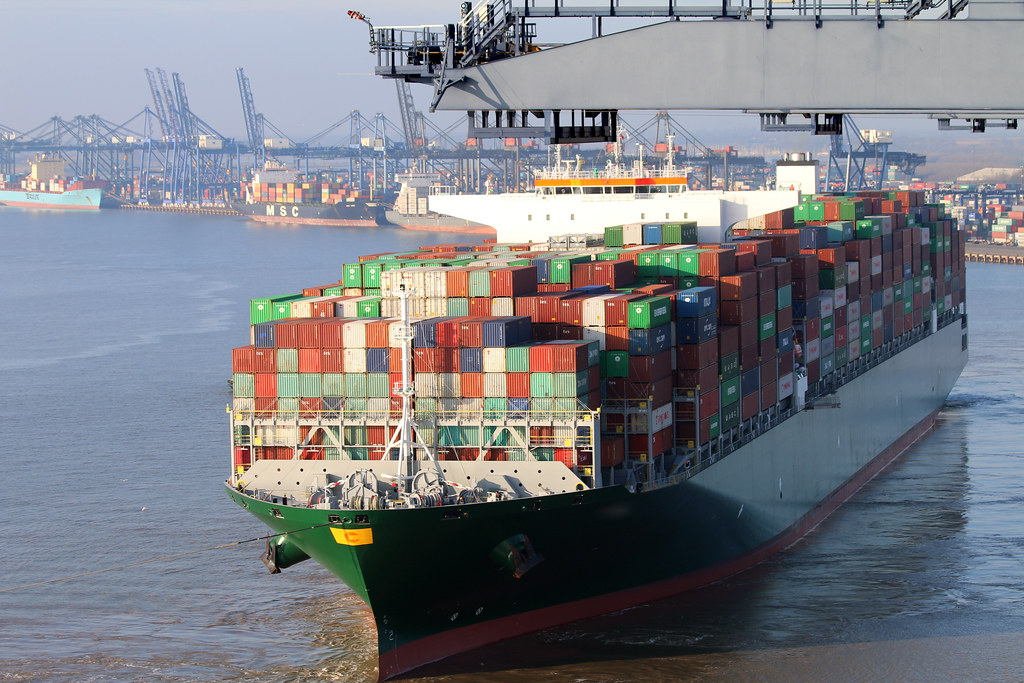
A startup called Maritime Fusion is pursuing an unconventional goal: building a fusion reactor designed to operate aboard a ship.
Why Fusion At Sea Is Not Impossible
While only one fusion device globally has reached a key scientific benchmark, CEO Justin Cohen says advances in AI, computing, and high-temperature superconducting magnets have shifted fusion from a remote dream to a realistic timeline.
Fusion’s appeal is enormous — clean energy, no meltdown risk, and fuel derived from water.
Nuclear Ships Already Exist
Placing a reactor on a vessel isn’t new. Submarines and aircraft carriers already run on nuclear fission reactors, and civilian nuclear-powered ships were explored in the 1960s and 70s.
“Fission has definitely paved the way in terms of nuclear power on ships,” Cohen told TechCrunch.
Fusion could offer the same endurance and power without proliferation or meltdown concerns. Most companies are focused on land-based reactors, but Maritime Fusion believes maritime deployment could be commercially faster.
A Business Case On Water
Fusion’s early plants will be expensive, making it difficult to compete with cheap renewables on land. At sea, the economics shift.
Ships exploring alternative fuels like ammonia and hydrogen face high costs, giving fusion an opening. “Those fuels might be the only things as expensive as first-of-a-kind fusion,” Cohen said.
Building Maritime Fusion’s First Reactor
The company raised $4.5 million in a seed round led by Trucks VC, with participation from Aera VC, Alumni Ventures, Paul Graham, Y Combinator, and angel investors. The startup is assembling high-temperature superconducting (HTS) cables, which will form powerful magnets inside its tokamak and will also be sold to other companies for revenue.
The first power plant, Yinsen, is expected to produce 30 megawatts of electricity. The tokamak will be roughly eight meters wide, cost $1.1 billion, and is projected to be operational by 2032.
Some onboard systems — like fuel processing — will be kept on shore to simplify ship operations.
A Different Strategy From Fusion Leaders
For comparison, Commonwealth Fusion Systems (CFS) is building Sparc, a sub-five-meter tokamak funded with nearly $3 billion. Sparc will not deliver power to the grid but aims to prove net-energy fusion. CFS’s commercial reactor, Arc, is expected in the early 2030s.
Cohen says Maritime Fusion’s approach is more direct:
“We’re not going to spend billions on a breakeven device. The first tokamak we build will be an energy-producing tokamak for a customer.”
Featured image credits: Flickr
For more stories like it, click the +Follow button at the top of this page to follow us.
